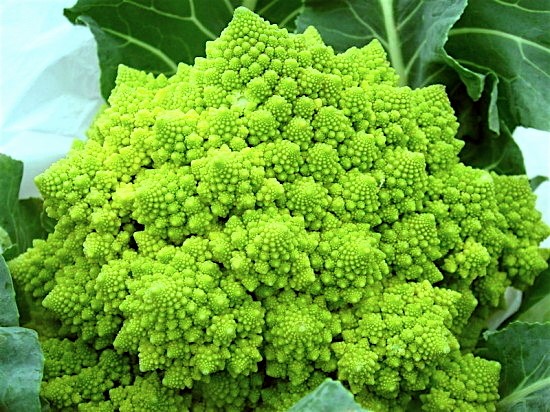‘Beautiful’ fractal pattern seen in real world for the first time
02 May 2018

Analysis of a new type of plastic has unexpectedly led to the first ever real-world discovery of a remarkable pattern that was originally imagined by a mathematician nearly 150 years ago.
Newly-published University of Reading research, in the journal Chemical Science, reports the first experimental observation of a fractal known as the 'Fourth Quarter Cantor Set'.
The concept of a fractal, a structure or pattern made up of infinite numbers of progressively smaller copies of itself, originated as a purely mathematical idea by Henry J. S. Smith in 1875. Many different fractals are now known, but the fractal described by Smith had never been seen in the physical world until it was observed at Reading during sequence-analysis of a new type of polymer. This had been designed as part of work to create a synthetic analogue of DNA, with the potential for storing vast amounts of data at an almost unimaginably tiny scale.
Professor Howard Colquhoun, Professor of Materials Chemistry at the University of Reading, said: "Scientists can already read the information stored in the molecular sequences of DNA, so the ability to create artificial data-storing polymers would open up some profound possibilities.
"Our unique fractal discovery reveals new and unexpected aspects of molecular structure which, once harnessed, could play a role in storing information on a scale more than a thousand times smaller than a computer flash-drive uses today."
Reading PhD student John Shaw was analysing the polymer by means of a new sequencing method, which involved applying radio waves and magnetic fields to a mixture of small molecules and polymer chains. He realised that the resulting 'magnetic spectrum' of his sample seemed to be made up of many smaller copies of itself, and so might be a fractal.
Subsequent work by colleagues in the Department of Chemistry confirmed the result and allowed the fractal to be reconstructed mathematically from a very realistic atomic model. Dr Ricardo Grau-Crespo, Lecturer in Computational Chemistry at Reading, then showed that the mathematical equation predicted by this model was in fact the very definition of Smith's original fractal.
Smith's mathematical work was later taken up and extended by Georg Cantor and, as a result, such fractals are now known as Cantor Sets. The spiral pattern seen in Romanesco broccoli is often cited as a classic example of a fractal existing in the natural world.
Professor Colquhoun said: "Fractals are often very beautiful and have fascinated people ever since they were first dreamt up a Victorian mathematician, but perhaps the last place you'd expect to see one would be in the spectrum of a piece of plastic."
